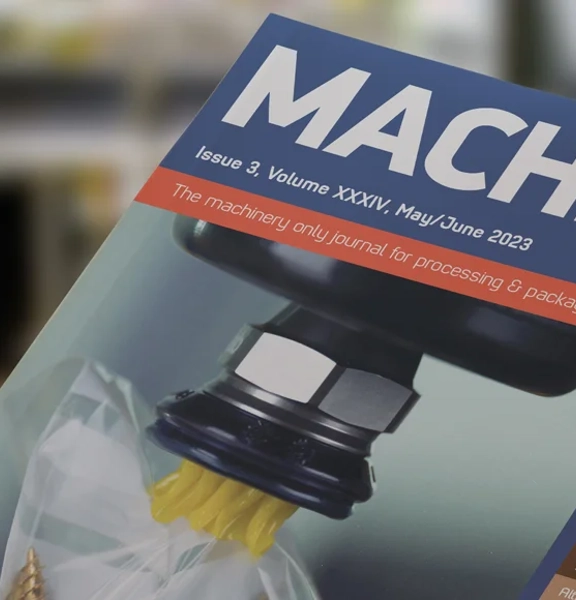Become a member
Take advantage of exclusive member benefits, world class events, networking and specialist support








 Become a member
Become a member 

Both approaches to palletising have their strengths as well as weaknesses, Scott Automation explains, with productivity and flexibility among the criteria considered in its assessment.
Clearly, conventional or layer palletising offers the benefit of higher speed and greater efficiency, and can handle product flows even up to 200 or so cases a minute (cpm). With units conveyed across rollers or a mat top, designs have been fine-tuned to allow adaptation to accommodate different product dimensions with only minimal adjustments, if any, required. Automatic adjustment is a common feature on the latest systems.
Similarly, their mechanical simplicity makes layer palletisers relatively easy to operate and maintain, with no specialist training needed, Scott points out. Components such as PLCs and the human machine interface (HMI) tend to be standardised.
The flexibility provided by robot palletising extends to the ability to build different product loads concurrently, and can be ideal for businesses requiring this capability. At the same time, systems can orient products based on label positioning and visibility, which can be crucial in logistics and retail settings. Vision systems can be used to give an additional level of quality control.
Other advantages of robot systems include their ability to palletise product arriving at different points and infeed elevations.
Among the factors for consideration when selecting conventional or robot palletising, says Scott, are product type, production volume, space and workforce. The conventional approach favours high-speed operations with uniform product lines, while the robot alternative lends itself to environments requiring flexibility and precision handling.
The company concludes by sketching out its own vision of palletising that bridges the gap between these two technologies. Its advanced accumulation tables will store at least a full pallet’s worth of product before actually sending it for palletising. Depending on need, up to 10 tables could feed a single palletiser. High capacities of between 20 cpm and 150cpm are achievable, while also allowing palletisers to handle multiple product lines simultaneously.
Scott sees this hybrid and integrated approach as a significant advance in palletising technology.
01384 210278